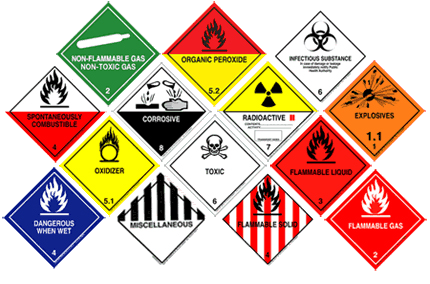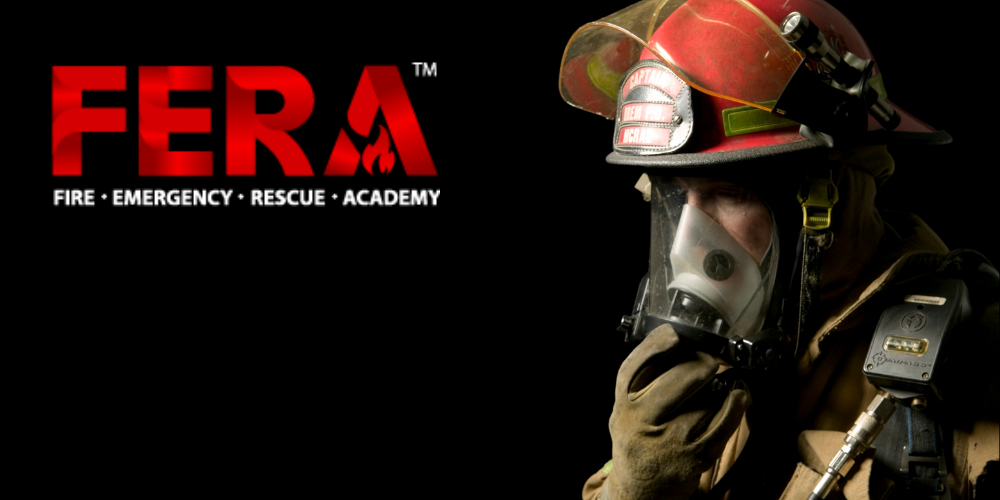HAZMAT stands for “hazardous materials,” which are compounds in amounts or forms that may represent a reasonable danger to health, property, or the environment. Toxic chemicals, fuels, nuclear waste products, and biological, chemical, and radiological agents are examples of HAZMATs. HAZMATs can be emitted in the form of liquids, solids, gases, or a mixture or combination of all three, including dust, fumes, gas, vapour, mist, and smoke.
HAZMAT spills have resulted in health issues, injuries, and even deaths in humans and animals, as well as damage to buildings, houses, property, and the environment. With such terrible implications, it is logical to believe that HAZMATs are unlikely to be encountered on a regular basis. Nonetheless, numerous goods containing hazardous chemicals are frequently used and kept in households, and they are transported on the nation’s roadways, railways, rivers, and pipelines every day.
HAZMAT Incidents

Each year, thousands of HAZMATs are discharged into the environment as a consequence of accidents or natural catastrophes. In addition to potentially damaging people and the environment, spills in coastal seas may create significant disruption in maritime transportation, with possibly severe economic consequences. HAZMAT accidents, which include both coastal and inland spills, are commonly handled by first responders such as firemen and local police enforcement.
Defining Hazardous Material

The definitions of physical hazard material and health hazard material are integral in understanding and properly applying this definition. A physical hazard material per NFPA 400 is a substance that is classified as any one of the following:
- Explosive
- Flammable cryogen
- Flammable gas
- Flammable solid
- Ignitible (flammable or combustible) liquid
- Organic peroxide
- Oxidizer
- Oxidizing cryogen
- Pyrophoric
- Unstable (reactive)
- Water-reactive material
A health hazard material per NFPA 400 is a chemical or substance that is classified as any one of the following:
- Toxic
- Highly toxic
- Corrosive material
Classifying Hazardous Materials

The 9 classes used by the DOT are:
- Class 1: Explosives
- Class 2: Gases
- Class 3: Flammable Liquid and Combustible Liquid
- Class 4: Flammable Solid, Spontaneously Combustible, and Dangerous When Wet
- Class 5: Oxidizer and Organic Peroxide
- Class 6: Poison (Toxic) and Poison Inhalation Hazard
- Class 7: Radioactive
- Class 8: Corrosive
- Class 9: Miscellaneous


